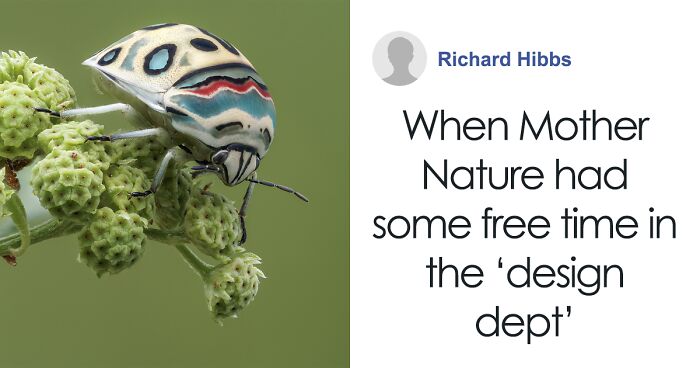
Gorgeous Bug That Was Named After Picasso Images Is Going Viral, People Online Love It
InterviewThe nature of our world can often be truly gorgeous. And yet, with all that beauty around us, it sometimes still manages to surprise us by throwing in something that none of us were expecting.
One great example is this insect, which is the focus of our story. Scientifically known as Sphaerocoris annulus, this animal was quickly dubbed Picasso Bug, as its jewelry-like look, reminiscent of the famous artist’s painting style, mesmerized everyone who caught even a glimpse of it. Scroll down to learn more about it!
More info: Our Breathing Planet
Sometimes, the saying ‘life imitates art’ really does feel like it could be true, and this bug is a perfect example of that
Image credits: Fatima Dabugat
Picasso bugs are small yet incredibly beautiful creatures, sporting green shells on their backs with patterns reminiscent of Pablo Picasso’s paintings
The gorgeous Picasso bug seen in these pictures is an average-size arthropod. It belongs to a unique insect group known as shield-backed bugs, which includes roughly 450 similar species. Since the adults of the species usually only reach around 6.3 millimeters or 0.25 inches in body length, these animals are quite easy to miss, but seeing one with your own eyes is more than worth it.
Scientifically referred to as Sphaerocoris annulus, these bugs are not as bright-colored as some of their relatives, but their beauty is outstanding nonetheless. While the background color of their backs is most often green, the pattern is not always the same. However, no matter the variation, the interesting thing is that the shapes displayed on the insect always come to a total of 11.
Despite their looks, Picasso Bugs are not dangerous. Coincidentally, their beauty also conceals the fact that these animals are close relatives of the stink bug and may emit a seriously foul smell if disturbed.
Image credits: Adedotun Ajibade
Even though these bugs became popular quite recently and were named after the famous 20th-century painter, they were actually first discovered in 1775
Although the Picasso bug became an internet sensation only relatively recently, it has actually been around for quite a while. In fact, it was first discovered in 1775 by a Danish zoologist, Johan Christian Fabricius.
While we don’t have too many details about this marvelous bug’s history, its discovery was actually around at least a couple of centuries before the famous painter Pablo Picasso, after whom the insect is named, was born. Yet, regardless of that, the similarities between his art style and this bug’s looks are astonishing, and it goes to show that we might be a lot closer to nature than we sometimes think.
Image credits: Adedotun Ajibade
Also known as Zulu Hud bugs, these insects are native to a good deal of the African continent, and their looks have a lot of similarities with the native tribal decorations
However, the Picasso bug is not the only name this insect has, and Picasso’s paintings are not the only kind of art that it’s similar to. This creature, which is most often found in parts of Africa, is also known as the Zulu Hud bug. It has some striking similarities with some African tribal masks, making it clear that these designs were also inspired by nature.
The beauty of these bugs caught the attention of many, but with these insects only found on a single continent, most would never be able to enjoy this marvelous sight if it weren’t for people like André De Kesel, who, in 2014, came across a Picasso bug and couldn’t resist taking some pictures and posting them online.
Image credits: André De Kesel
A biologist by trade, André has been interested in photography since his teen years but only started to really focus on it when digital photography and photo-sharing became available. “What inspires me is both the technical aspects of macro photography and the totally amazing looks of insects,” said the biologist/photographer when Bored Panda reached out to him for an interview.
The man first encountered the Picasso bug by accident while doing biological fieldwork in Katanga, Democratic Republic of Congo. “I study fungi, and that also includes fungi that parasitize insects. It is while collecting insects that I stumbled upon this totally crazy Picasso bug.”
Image credits: André De Kesel
While Picasso bugs can only be found in one part of the world, macro photographers make sure that the rest of the world can experience their beauty, too
At the time, there were no previously reported sightings of the Sphaerocoris annulus in the region, and thus, André was surprised by more than the bug’s beauty. “But that happens more because our understanding of biodiversity in the tropics is still highly fragmented. There is still so much to find,” added the man, sharing the passion he has for his work.
Once the pictures were posted on the Flickr platform, they received significant attention from other professionals and people who were simply in awe of the beauty of the sight.
“I could never have dreamed that so many people would see and appreciate them. It does feel great, and it triggers me to continue,” shared the man, thinking back about the success of not only these but also other pictures he has shared online and how doing all this was a lot more difficult in the past before the process changed for the better.
Image credits: Maria Vorontsova
In the end, the future of this stunning Picasso bug, at the moment, fortunately, looks quite bright. Its numbers are sufficient and stable, and it doesn’t occupy a space in the Red List of Threatened Species.
However, while the risk is not high, it still exists, and the two greatest factors contributing to it are habitat loss and climate change. It’s in our hands to do the most to ensure that beautiful beings like these insects don’t lose their place in the world. So let’s try to achieve it, but don’t forget to stop and take a moment to marvel at the wonderful sights in front of us.
What did you think about this story? Have you ever seen the Picasso Bug before? Share your thoughts in the comments below!
The commenters were stunned by the gorgeousness of the bug, with some having to double-check if it was real and others pointing out various interesting details they noticed
Poll Question
Thanks! Check out the results:
I wish the stink bugs that keep invading my house looked more like this - I'd find a way to adjust.... no I wouldn't. You fly at me and I'm gonna freak out no matter how pretty you are lol. At least I'm a "no kill" house.
I had to google if this bug was found in Spain and been inspiration for Picasso, but it appears you have to look for it much farther south.
I wish the stink bugs that keep invading my house looked more like this - I'd find a way to adjust.... no I wouldn't. You fly at me and I'm gonna freak out no matter how pretty you are lol. At least I'm a "no kill" house.
I had to google if this bug was found in Spain and been inspiration for Picasso, but it appears you have to look for it much farther south.

 Dark Mode
Dark Mode 

 No fees, cancel anytime
No fees, cancel anytime 






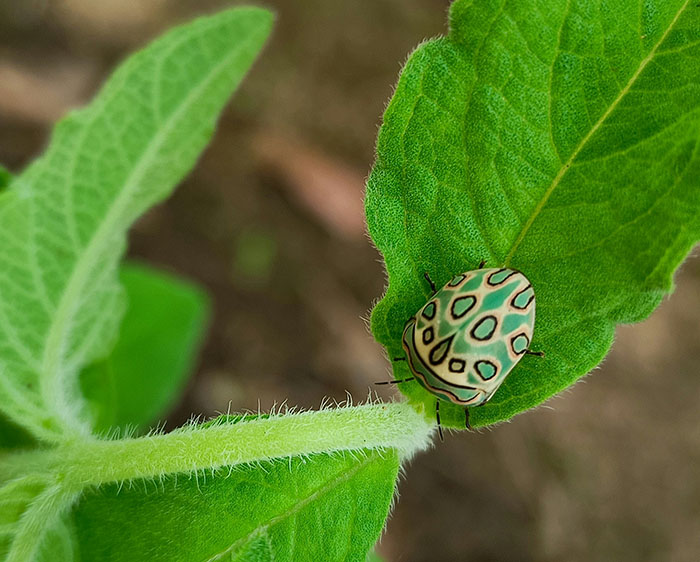
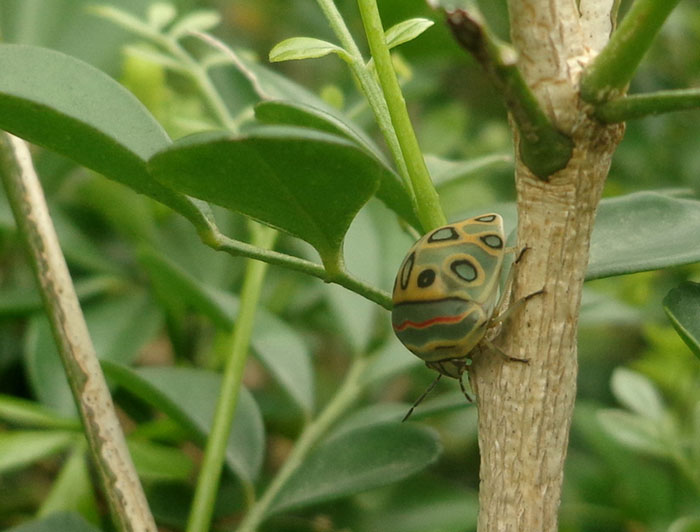
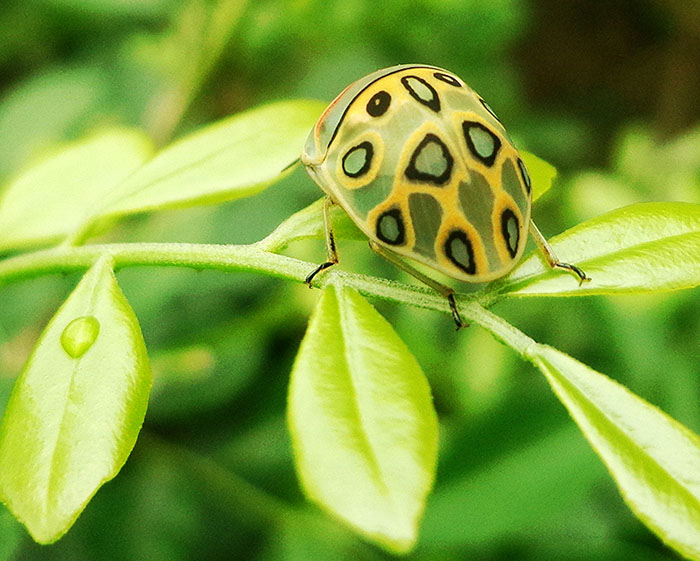
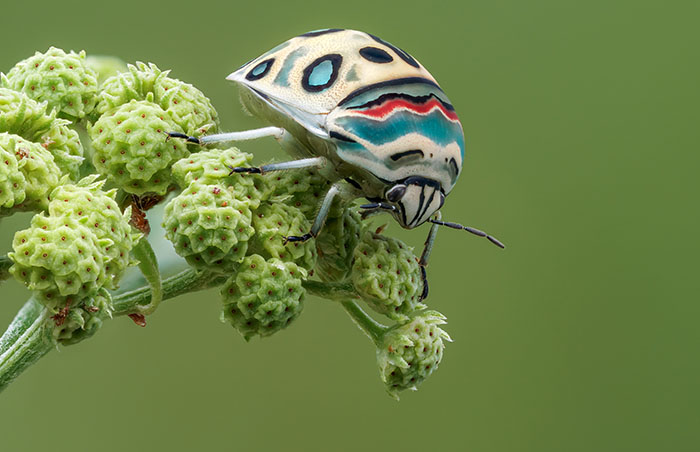
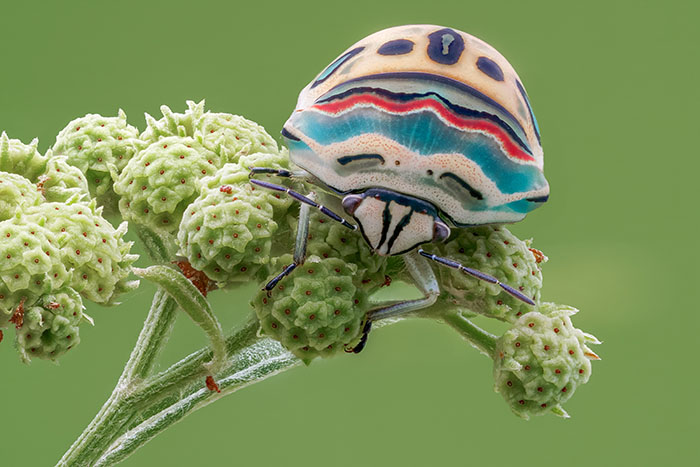
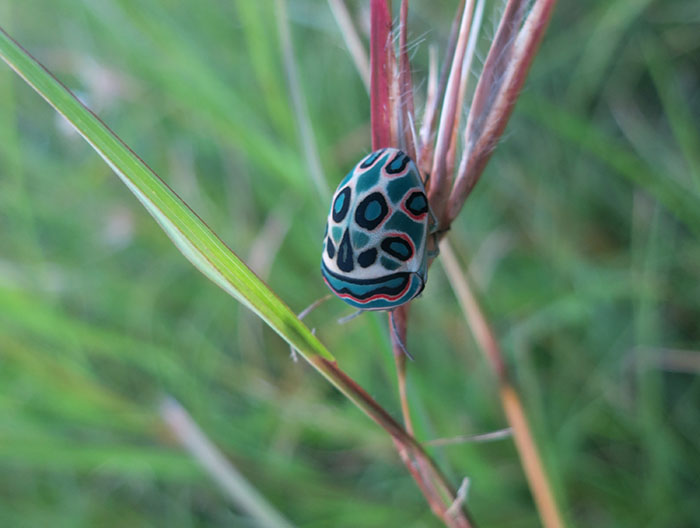








































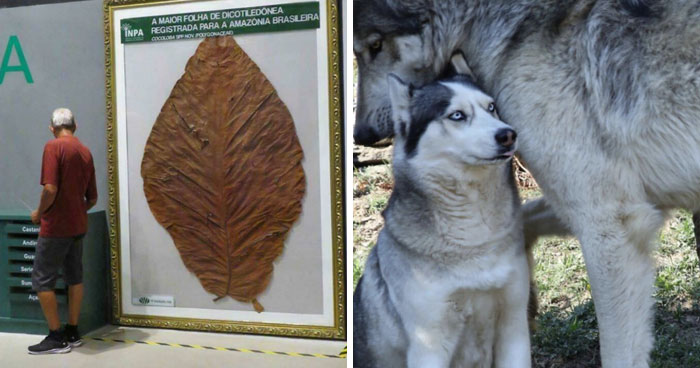


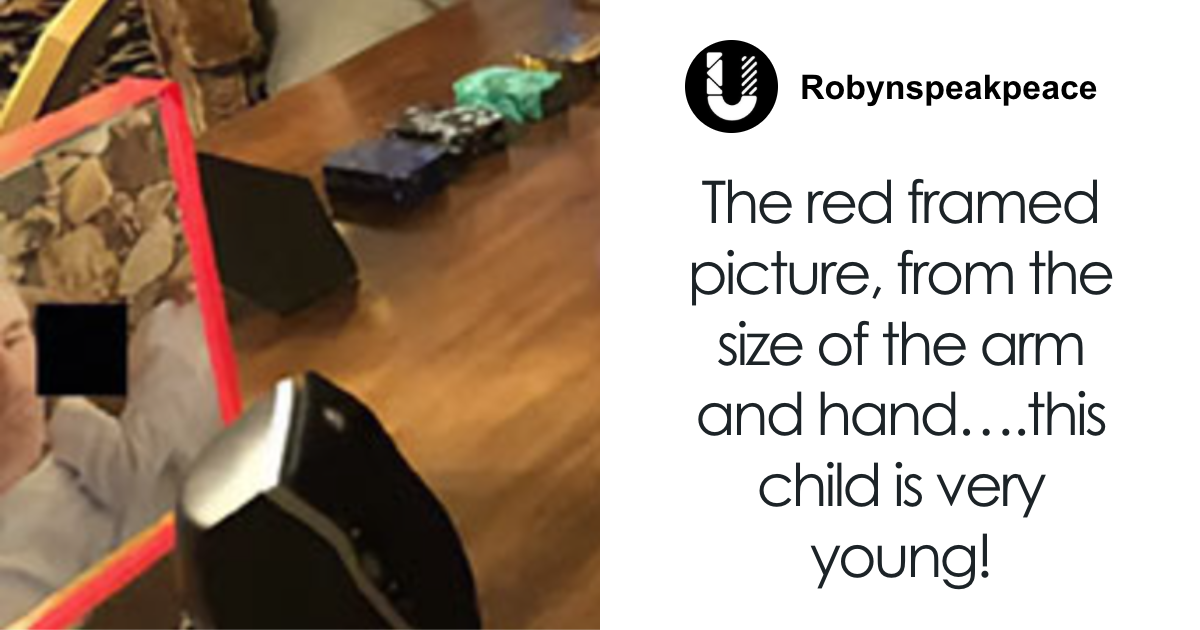















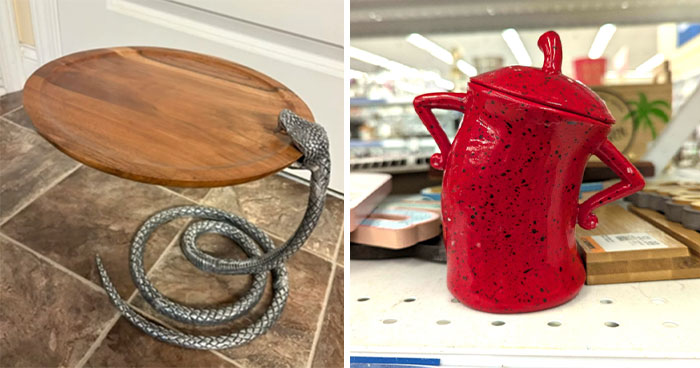
55
5